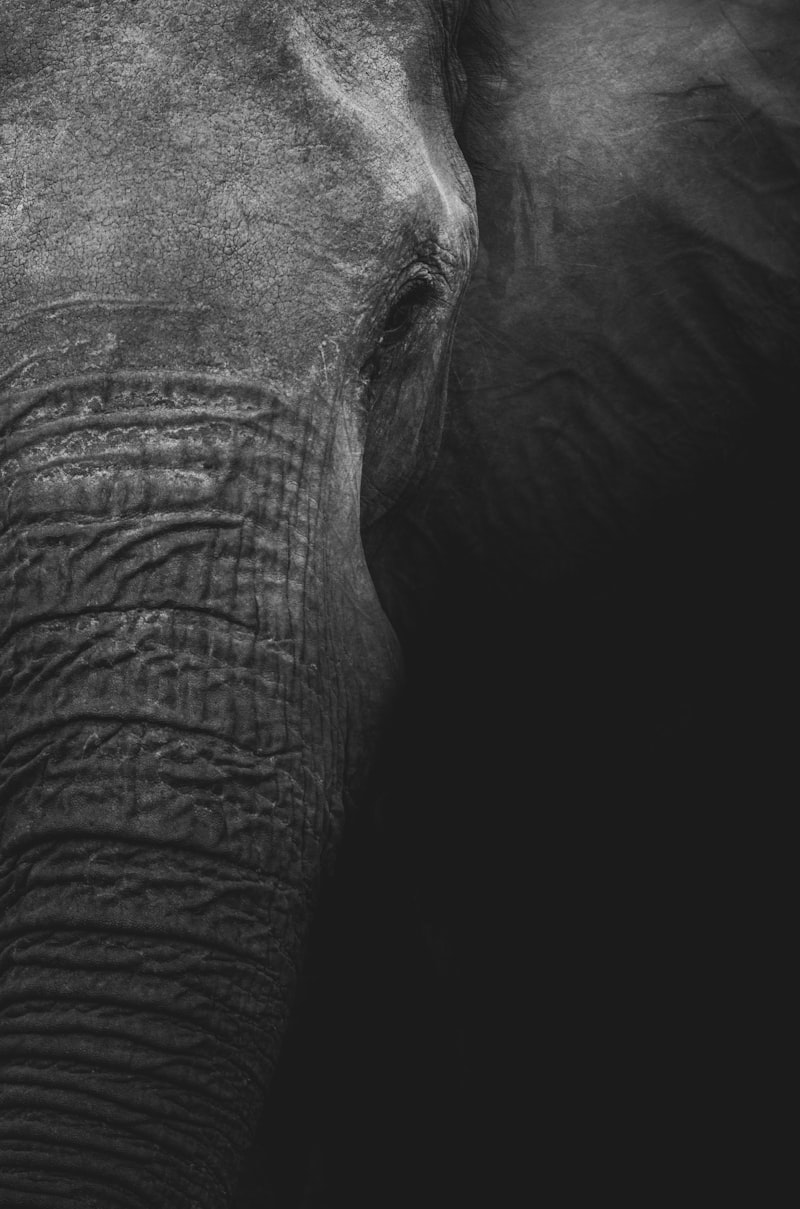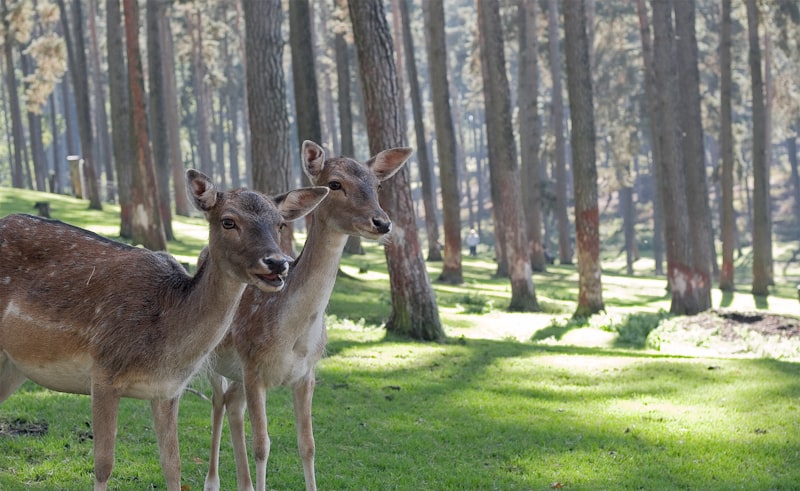Ever wondered about the lives of endangered animals? These fascinating creatures hold secrets that captivate us all. From the elusive snow leopard to the majestic sea turtle, each species tells a unique story of survival and adaptation.
Take the pangolin, for example. Known as the world’s most trafficked mammal, its armored scales are its defense mechanism against predators. Did you know these scales are made of keratin, the same protein found in human hair and nails? It’s a true marvel of evolution’s creativity.
Or consider the black rhinoceros, critically endangered due to poaching for its horn. Despite their size, these giants are surprisingly agile, capable of running at speeds of up to 35 miles per hour. Their thick skin, which can be as much as 5 centimeters thick, protects them from thorny bushes and potential threats in the wild.
Another astonishing fact lies with the Sumatran orangutan, one of our closest relatives in the animal kingdom. These intelligent primates use tools in their daily lives, such as sticks to extract honey from beehives or to probe tree bark for insects. Their ability to problem-solve and adapt to their environment showcases the complexity of their social behaviors.
Let’s not forget the tiny vaquita porpoise, found only in the waters of the northern Gulf of California. With a population of less than 10 individuals, this species faces imminent extinction primarily due to bycatch in illegal fishing nets. Efforts to save them involve complex international cooperation and conservation strategies.
These examples highlight just a few of the many endangered animals facing threats today. Each species plays a crucial role in its ecosystem, and their preservation is vital to maintaining biodiversity worldwide. By understanding and sharing these curious facts, we can raise awareness and contribute to their protection for generations to come.
This article aims to engage readers with intriguing facts about endangered animals while maintaining a conversational and informative tone, utilizing engaging language and active voice throughout.
Unbelievable: These Endangered Animals Can Live Over a Century!
Imagine a world where certain endangered animals defy all odds and live for more than a century. It’s not just a fantasy but a remarkable reality found in nature’s hidden marvels. Take the majestic Galapagos giant tortoise, for instance. These ancient reptiles, known for their colossal size and gentle demeanor, can survive well beyond 100 years. They embody resilience against the odds, their wrinkled shells echoing tales of centuries past.
In the depths of the ocean, the enigmatic bowhead whale silently traverses the Arctic waters. What sets them apart? They boast lifespans that stretch over 200 years, making them some of the longest-living mammals on Earth. Their haunting songs echo through the icy expanse, a testament to their enduring presence in a changing world.
Closer to home, the wise Greenland shark prowls the frigid waters of the North Atlantic. With lifespans reaching up to 400 years, these deep-sea dwellers outlive many human civilizations. They navigate the depths with a grace that belies their age, their existence a testament to the mysteries of the ocean depths.
What drives these creatures to live so long? Evolutionary marvels and adaptations play pivotal roles. From slow metabolisms that conserve energy to genetic mutations that resist aging, these animals embody nature’s ultimate survivors. Each heartbeat and each breath defies the odds, challenging our understanding of life and its limits.
As we strive to protect these endangered marvels, their long lives remind us of our duty to preserve biodiversity. They are not just symbols of endurance but guardians of ecosystems that sustain life on Earth. Their stories inspire awe and reverence, urging us to take action against threats that jeopardize their existence.

In a world where time seems fleeting, these animals stand as timeless guardians of our planet’s history and future. Their longevity is not just a number but a testament to the wonders of life itself, reminding us that every species has a unique role in the tapestry of our shared planet.
Secrets of Survival: How Endangered Species Adapt to Changing Climates
Take the Arctic fox, for example. This resilient creature is a master of adaptation. As temperatures fluctuate dramatically in the Arctic Circle, it changes its fur color from snowy white in winter to brown or gray in summer, blending seamlessly with its surroundings. This camouflage not only helps it evade predators but also allows it to stalk prey more effectively.
Similarly, the polar bear, known as the king of the Arctic, has evolved several key adaptations to survive in its icy habitat. Its thick layer of blubber and dense fur coat provide insulation against the freezing temperatures, while its large, powerful paws enable it to traverse the slippery ice with ease. The polar bear’s keen sense of smell helps it locate seals, its primary food source, even from a distance.
Moving to the depths of the ocean, the leatherback sea turtle showcases another remarkable survival strategy. These ancient reptiles can regulate their body temperature, allowing them to migrate thousands of miles across oceans. Their flexible diets, ranging from jellyfish to seaweed, ensure they can find food in different marine environments, adapting to changes in prey availability due to shifting ocean conditions.
In the lush rainforests of Southeast Asia, the Sumatran orangutan faces habitat loss due to deforestation. These intelligent primates have adapted by becoming highly arboreal, spending most of their lives in the treetops. Their strong arms and gripping hands allow them to swing effortlessly from branch to branch, while their complex social structures enable them to cooperate and share resources within fragmented forest patches.
These examples highlight nature’s resilience and the astonishing ways endangered species adapt to survive in changing climates. By understanding these strategies, we gain insight into how we can better protect and conserve these vulnerable creatures, ensuring their survival for generations to come.
Did You Know? These Endangered Animals Have Unique Parenting Habits
Take the orangutan, for example. These gentle giants of the rainforest are known for their remarkable parenting skills. Orangutan mothers spend up to eight years teaching their young ones essential skills like climbing and foraging. It’s like having a long, intensive kindergarten in the treetops! Their patient guidance ensures that when the time comes, their offspring are well-prepared to navigate the challenges of jungle life on their own.
In the oceans, the leatherback sea turtle stands out not just for its size, but also for its unique approach to parenting. Unlike many other turtle species, leatherbacks do not nest in large groups. Instead, each female turtle carefully selects a spot on the beach to lay her eggs. She then covers them up and returns to the sea, leaving the hatchlings to fend for themselves. It’s a tough start to life, but this solitary nesting behavior helps spread out the risk of predation and ensures a higher chance of survival for at least some of the hatchlings.
Moving to the savannas of Africa, the African wild dog, also known as the painted wolf, demonstrates a highly cooperative parenting strategy. In a wild dog pack, every member pitches in to care for the pups. From hunting for food to guarding the den, these canines show incredible teamwork. It’s a real community effort, ensuring that even in challenging environments, the pups have the best possible chance to grow up strong and resilient.
And let’s not forget about the magnificent snow leopard of the Himalayas. Living in some of the harshest and most remote mountain ranges, snow leopard mothers are true solitary wanderers. They raise their cubs alone in dens hidden among the rocky slopes. This isolation helps protect the vulnerable cubs from predators and other dangers until they are old enough to venture out into the world.
These endangered animals aren’t just surviving; they’re thriving with their unique parenting habits. Each species has evolved strategies that perfectly suit their environment, ensuring that future generations can continue to marvel at their beauty and resilience.
Beyond the Obvious: Surprising Ways Endangered Animals Communicate

Take the majestic humpback whale, for example. These giants of the ocean create mesmerizing songs that can travel vast distances underwater. Each song, lasting up to 20 minutes, is thought to be a means of attracting mates or establishing territory. It’s a symphony beneath the waves, where the echoes carry far and wide, echoing through the deep blue.
Moving to the rainforests, where the golden lion tamarin reigns. These small primates communicate through a series of calls, each with a distinct meaning. They may use sharp barks to alert others of predators or softer calls to coordinate movements within their troop. It’s like a complex language, finely tuned to their environment, ensuring survival in the dense foliage.
On the plains of Africa, the African elephant demonstrates another remarkable form of communication: infrasound. These low-frequency rumbles are felt more than heard and can travel over long distances. Elephants use infrasound to stay connected with distant herds, warning them of danger or even signaling a joyful reunion after a separation. It’s a silent language that speaks volumes in the vast savannah.
In the Arctic, the polar bear relies heavily on scent markings to communicate. By leaving traces of their scent on ice floes or along their travel routes, they can convey vital information about their presence, readiness to mate, or territorial boundaries. It’s like leaving behind invisible messages in the frozen landscape, where each scent mark tells a story of survival in a harsh environment.
Even underwater, the clownfish exhibits surprising communication strategies. Living among the protective tentacles of sea anemones, these vibrant fish use intricate body movements and even changes in skin color to signal danger, courtship, or dominance. It’s a ballet of colors and motions, where every twist and turn conveys a message essential for their underwater community.
These examples highlight the incredible adaptability and intelligence of endangered animals when it comes to communication. Beyond the obvious methods like vocal calls or visual signals, they have evolved intricate ways to navigate their worlds and ensure their species’ survival. It’s a testament to nature’s ingenuity and the endless wonders waiting to be discovered in the animal kingdom.
Under Threat: Endangered Animals That Could Hold Medical Miracles
Take the majestic Sumatran rhinoceros, critically endangered with fewer than 80 individuals left. Its unique biology, especially its immune system adaptations, intrigues scientists. Could its resilience against infections unlock new antibiotics for resistant human pathogens?
Then there’s the elusive saola, dubbed the “Asian unicorn” for its rarity. Found only in the Annamite Range of Vietnam and Laos, this enigmatic creature could provide insights into treating cancer. Its genetics and natural defenses might reveal novel therapies that target tumors more effectively.
The pangolin, known as the world’s most trafficked mammal, faces an uncertain future. Yet, its scales, traditionally used in Chinese medicine, are now being studied for potential breakthroughs in treating blood clotting disorders. Could these scales hold the key to safer anticoagulants?
In the depths of the ocean, the vaquita porpoise swims on the edge of extinction. With fewer than 10 individuals left, its auditory system, evolved to navigate the murky waters of the Gulf of California, may inspire innovations in hearing aids and sonar technology.
Frequently Asked Questions
What are some unique behaviors of endangered animals?
Explore unique behaviors of endangered animals, including specialized feeding habits, distinct mating rituals, and adaptations to specific environments. Learn how these behaviors contribute to their survival challenges and conservation needs.
How can individuals help protect endangered animals?
Learn how individuals can contribute to protecting endangered animals through actions such as supporting conservation organizations, advocating for habitat preservation, reducing consumption of products that harm wildlife, and spreading awareness.
How do endangered animals adapt to their habitats?
Discover how endangered animals adapt to their habitats through various strategies such as camouflage, behavioral changes, and specialized diets. Learn how these adaptations help them survive in challenging environments.
What are some surprising facts about endangered species?
Discover fascinating facts about endangered species, highlighting their unique adaptations and ecological roles. Learn about conservation efforts worldwide and the impact of human activities on their habitats.
Why are certain animals endangered and others not?
Discover why some animals face endangerment while others do not. Explore factors such as habitat loss, climate change, poaching, and conservation efforts that determine the survival of species worldwide.



